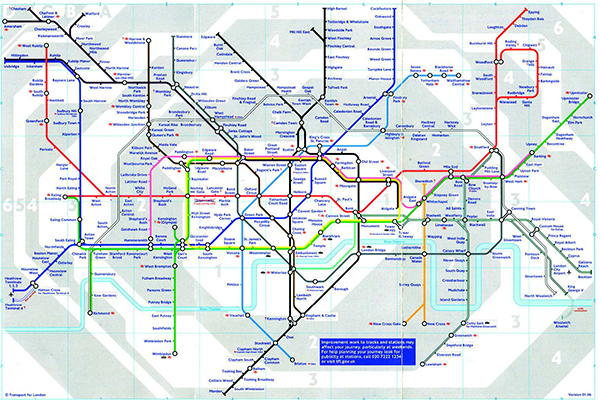Ubique sunt leones
DOI:
https://doi.org/10.15168/xy.v5i09-10.168Parole chiave:
cluster semantico, ipotetigrafia, zolla rappresentativaAbstract
Dopo Babele, la lingua universale si è frantumata in una moltitudine di idiomi ma l’umanità non ha rinunciato a riconquistare l’unità perduta: attraverso imposizioni da parte della civiltà egemone (greco, latino, arabo, spagnolo, inglese), mediante artifici egualitari (la langue matrice di Cartesio o il più recente esperanto), immaginando mondi utopici (seleniano, sevarita, laputiano). La rappresentazione grafica, al contrario, è solo sfiorata da problemi di ermeneusi. Questo è vero finché la mimesis si limita all’apparenza esteriore di un oggetto. Se, invece, occorre rappresentare ciò che non ha materia né forma visibile, il mito del disegno universale si sgretola. Nel 1982 Manfredo Massironi conia il termine “ipotetigrafia”, definendola come prodotto grafico esplicativo di comportamenti, forme e strutture non visibili. La sfida principale del disegno oggi consiste nella rappresentazione di fenomeni immateriali (dati economici, sociali, relativi a gusti e tendenze, flussi). Il campo di applicazione dell’ipotetigrafia si è quindi allargato e la rappresentazione si è suddivisa in una miriade di linguaggi specialistici. Questo contributo, facendo leva sulla nozione di ipotetigrafia, analizza alcune forme della rappresentazione provando a distinguere i codici basati su regole semantiche universali da quelli che adottano linguaggi specialistici.


